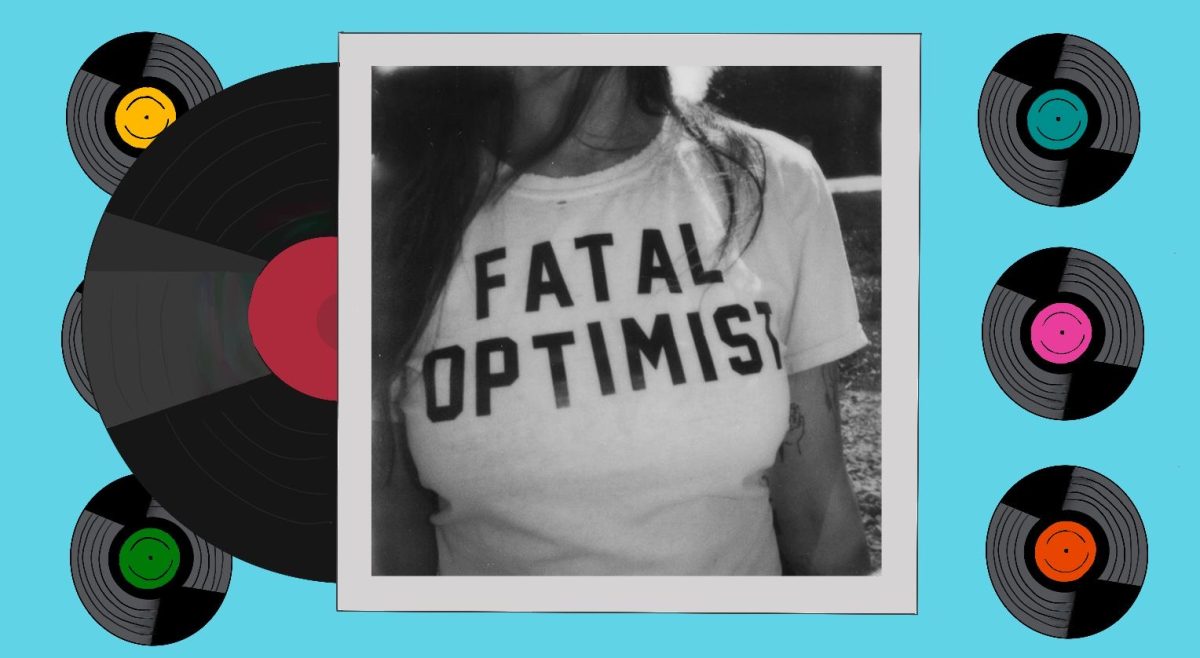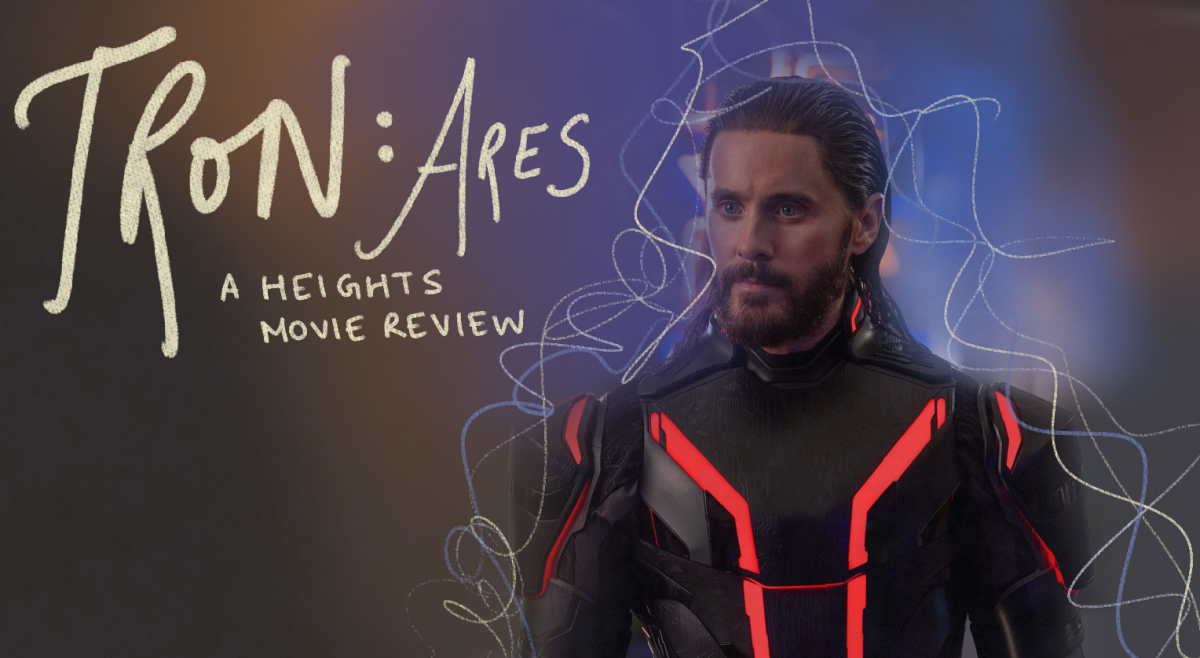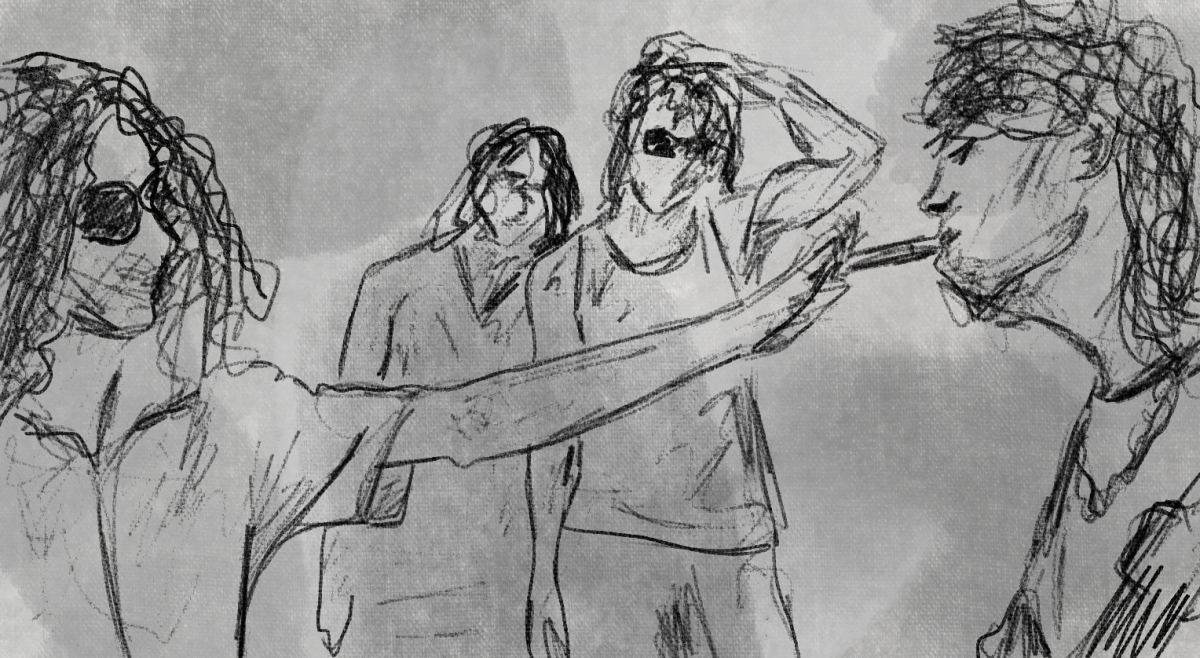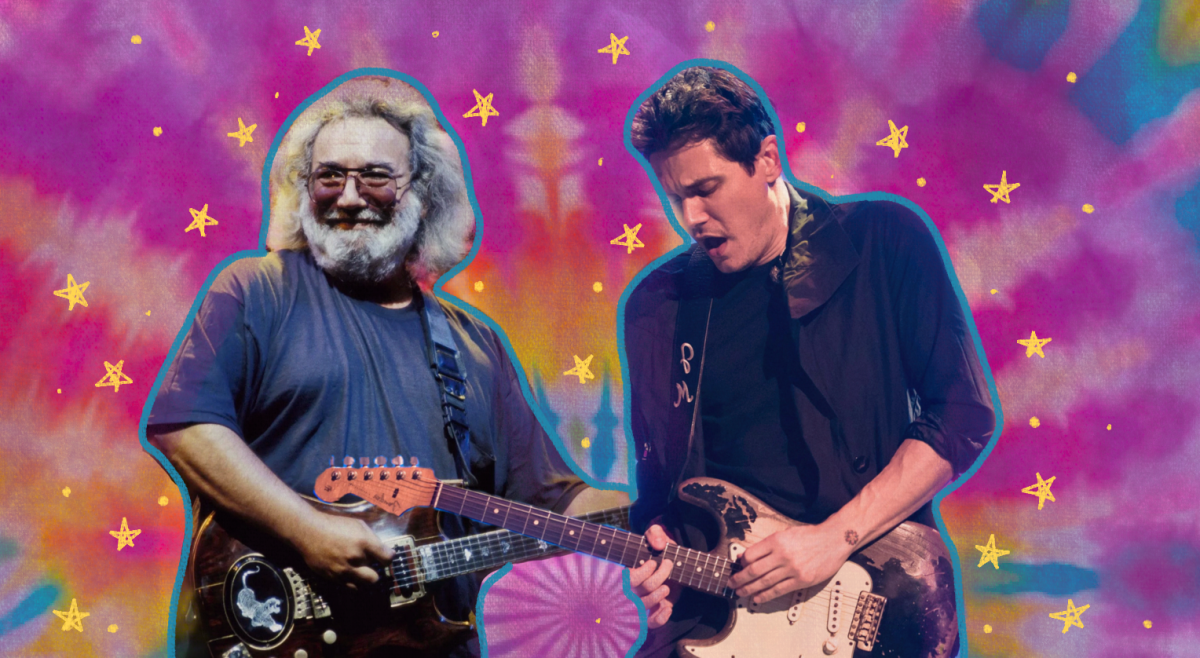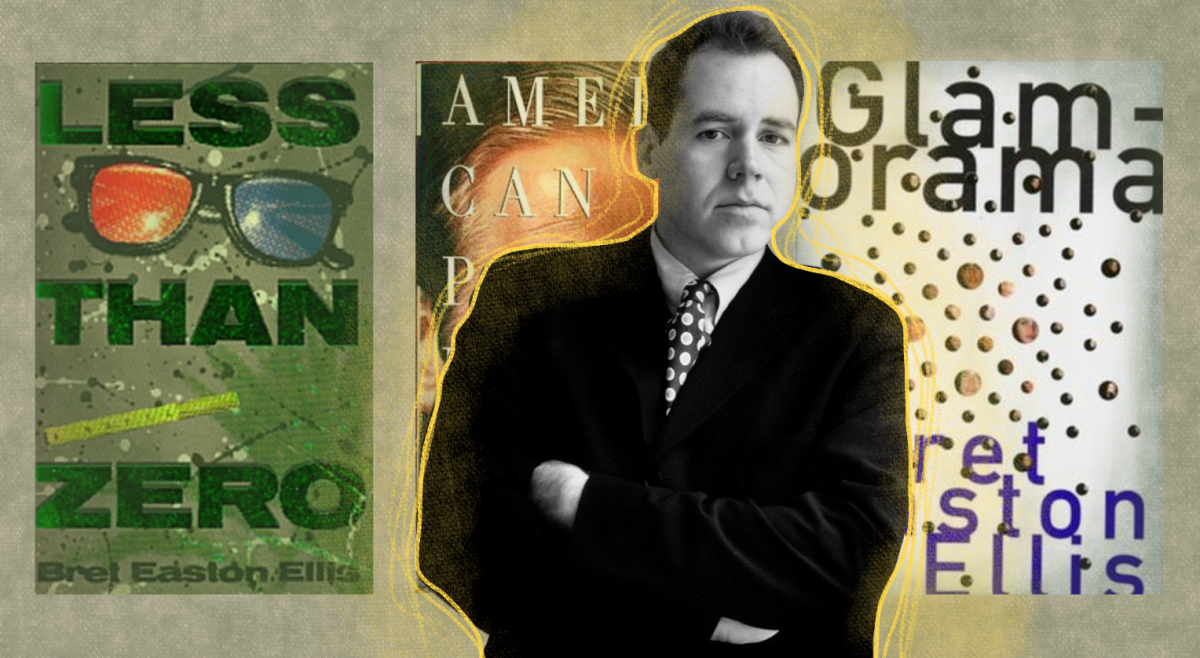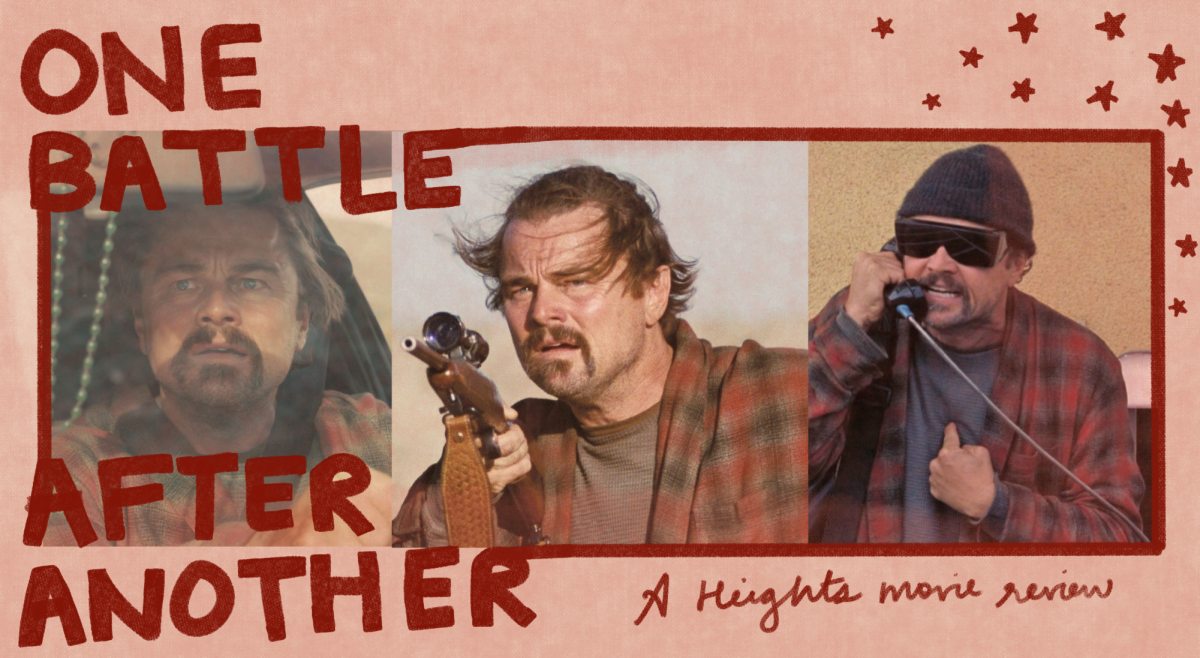Fueled by financial success, Hollywood abuses the usage of sequels in popular blockbuster franchises.
I have always had a strange, almost unhealthy love for movie trailers and production information. Particularly with Tarantino, Scorsese, and superhero movies, I’m often so incredibly excited by two-minute snips of action (often paired with an epic soundtrack) that I find myself disappointed by a film because it fails to live up to its awe-inspiring preview or that “spoiler” some blogger made up.
But even since I came to this realization, my recognition of trailers and film-scoop’s almost poisonous quality has not deterred my obsessions whatsoever. That’s why, in light of the release of a trailer for the highly-anticipated seventh episode in the Star Wars saga and a brief browsing of the films set to come out next year, I noticed an almost heinous amount of sequels set to hit screens within the next few years.
Don’t get me wrong, there are few things on this planet I enjoy more than the idea of more Star Wars (and its trailer in no way disappoints), but what about the reviving of the Jurassic Park and Terminator series? Not only is Schwarzenegger returning as the cyborg at the questionable age of sixty-seven, but Terminator Genisys returns to its origins by focusing on the saving of Sarah Connor. Jurassic World returns to the island from the first film. Now, humanity has pacified the dino-population and the island has become a park for tourists. A new, horrifying dinosaur, however, has been concocted and terror will soon break out en masse.
Even my beloved Star Wars: Episode VII – The Force Awakens suffers from sequel-syndrome. The Sith have returned once again to disrupt the balance of the universe and The Force, and a new band of Jedi and friends, probably aided by the original cast (also having aged extensively) must obliterate the Sith. Many of these types of films suffer from a debilitating reliance on an original story and merely rehash successful qualities of their predecessors.
Sequel-syndrome is brought on by money. Financially successful films are now instantly tagged as the makings of a great franchise or basis for a sequel in the eyes of the money-seeking producers. Films like Cars 2 or Kung-Fu Panda 3 are exceptional examples of the painful, capitalist enterprise movie sequels have become. I doubt these films would even exist if action figures of Mater and Po the Panda didn’t fly off the shelf come Christmas time. Especially with superhero and animation films, a myriad of toys rake in bales and bales of cash because of a few upgrades to Superman’s suit and a few new characters.
One of my personal favorite and “genius” ideas for garnering the most dough is the idea of splitting a story into two-parted releases. Recent releases like Harry Potter and the Deathly Hallows: Part One and Two, The Hunger Games Mockingjay: Part One and Two, and even the forthcoming Avengers: Infinity War: Part One and Two (which is not a direct adaptation of text and therefore does not deserve a title splitting) all have made or will make boatloads of money based off of this tactic. While splitting singular stories into parts allegedly allows for further plot and character development, these films often feel forced. The marketability is generally off-putting and detracts from the movie-going experience. While cash flow has always been the answer for “why” and “how” in Hollywood, I cannot help but notice that many movie makers are less inclined to try to put down something ingenious or daring for their pay.
Sure, sequels have plagued the industry for years. Hollywood was unfortunately busting out Rocky V, Jaws: The Revenge (the fourth in the Jaws franchise), and however many Nightmare on Elm Street sequels it wanted long before Marvel slotted films through the new millennium.
Like the leaders of a nation, filmmakers must learn from their mistakes or else they will repeat the horrendous errors of the past. Filmmakers should look to inspiring leaders like Quentin Tarantino or Wes Anderson and notice that—while techniques and themes might overarch throughout a filmography,—these qualities are often not as noticeably repetitive as the scenarios and developments of some of today’s blockbuster franchises.
Some powerhouse franchises ought to be reminded that the fact they can make it doesn’t mean they should. More importantly, it should be realized that even some of our favorite characters must saunter off into the sunset one day or they will wear out their welcome and grandeur.
Granted, all of this comes from a man who will be seeing the third Hobbit movie at midnight next week while wearing a Chewbacca hoodie. I guess sometimes the studios win.


